It's the most wonderful time of the year — for consumers and tech companies alike.
Research and publish the best content.
Get Started for FREE
Sign up with Facebook Sign up with X
I don't have a Facebook or a X account
Already have an account: Login
Get weekly or monthly digest of all posts in your inbox: https://fmcs.digital/wim-subscribe
Curated by
Farid Mheir
 Your new post is loading... Your new post is loading...

Olivier Laborne's comment,
July 30, 2014 3:29 AM
I have always been surprised that even with the digital and the web, each continues to look only what happens on the continent. And you know that too. ;-)
So much going on in Europe and Australia for a long time on food online with different modes of operation and testing. The online food is necessarily specific to each country because of what we eat and our way of life but it is also just a commonality between all peoples. I do not agree on some points like : make impulse purchases is also possible on the online food and already working. I have many other things to say but what is written is interesting,

André Bélanger's curator insight,
April 16, 2014 8:54 AM
Walmart n'a pas encore réussi à offrir une grande valeur ajoutée à ses clients pour sa boutique en ligne. Amazon, qui n'a pas de présence physique, reste le leader incontesté du magasin en ligne des clients de Walmart.

André Bélanger's curator insight,
February 4, 2014 4:58 PM
Un magasin roulant sans avoir à payer d'impôts fonciers et de loyers. Brillant! |

Curated by Farid Mheir
Get every post weekly in your inbox by registering here: http://fmcs.digital/newsletter-signup/
|




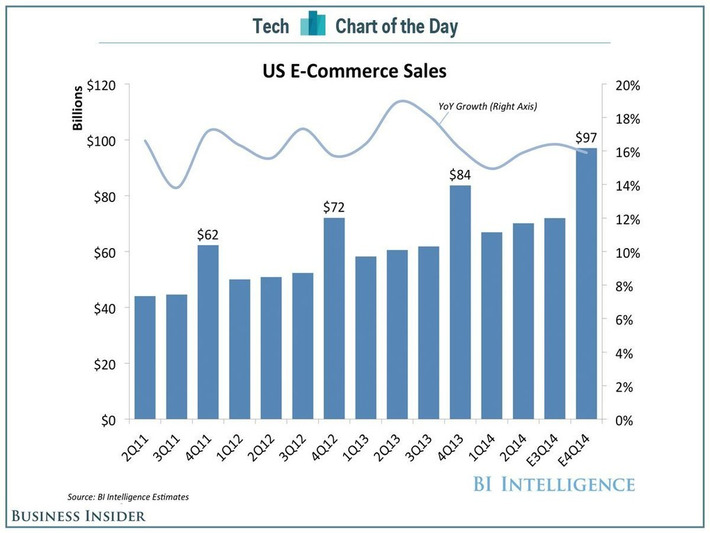


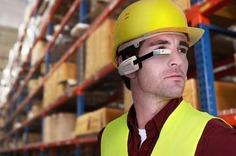
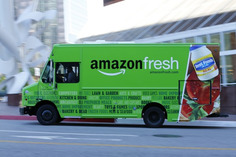
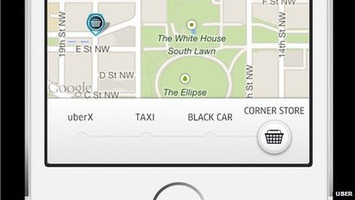

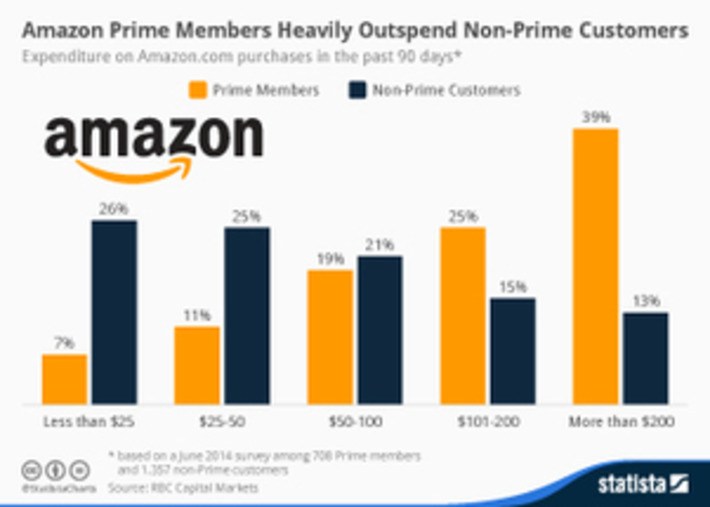

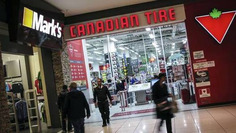






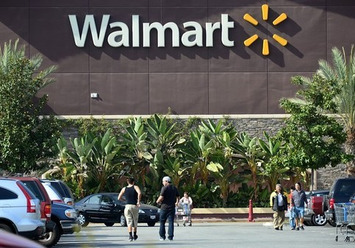



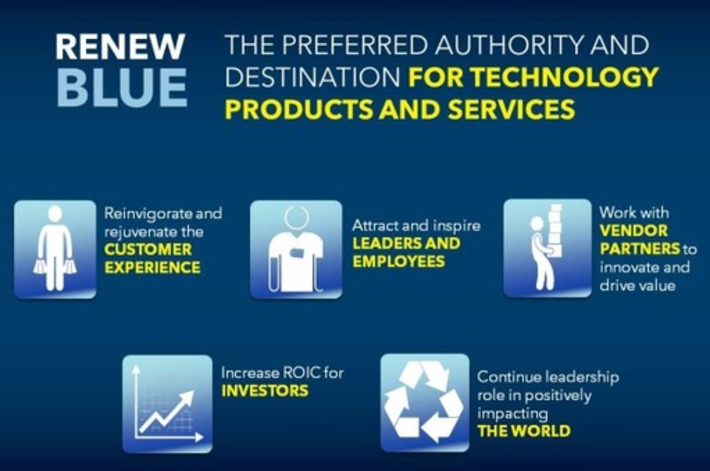
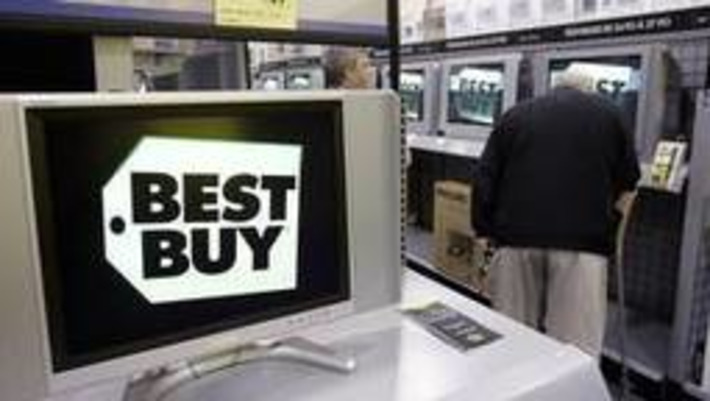

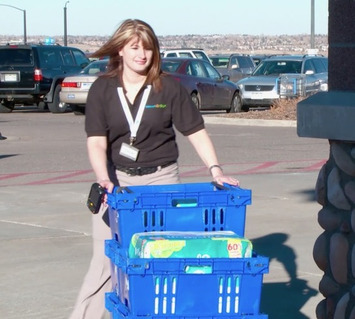
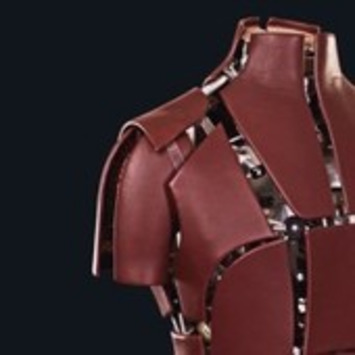








The trend is clear and the growth appears stable at about 16% YoY means sales will double to 200B$ by 2019.